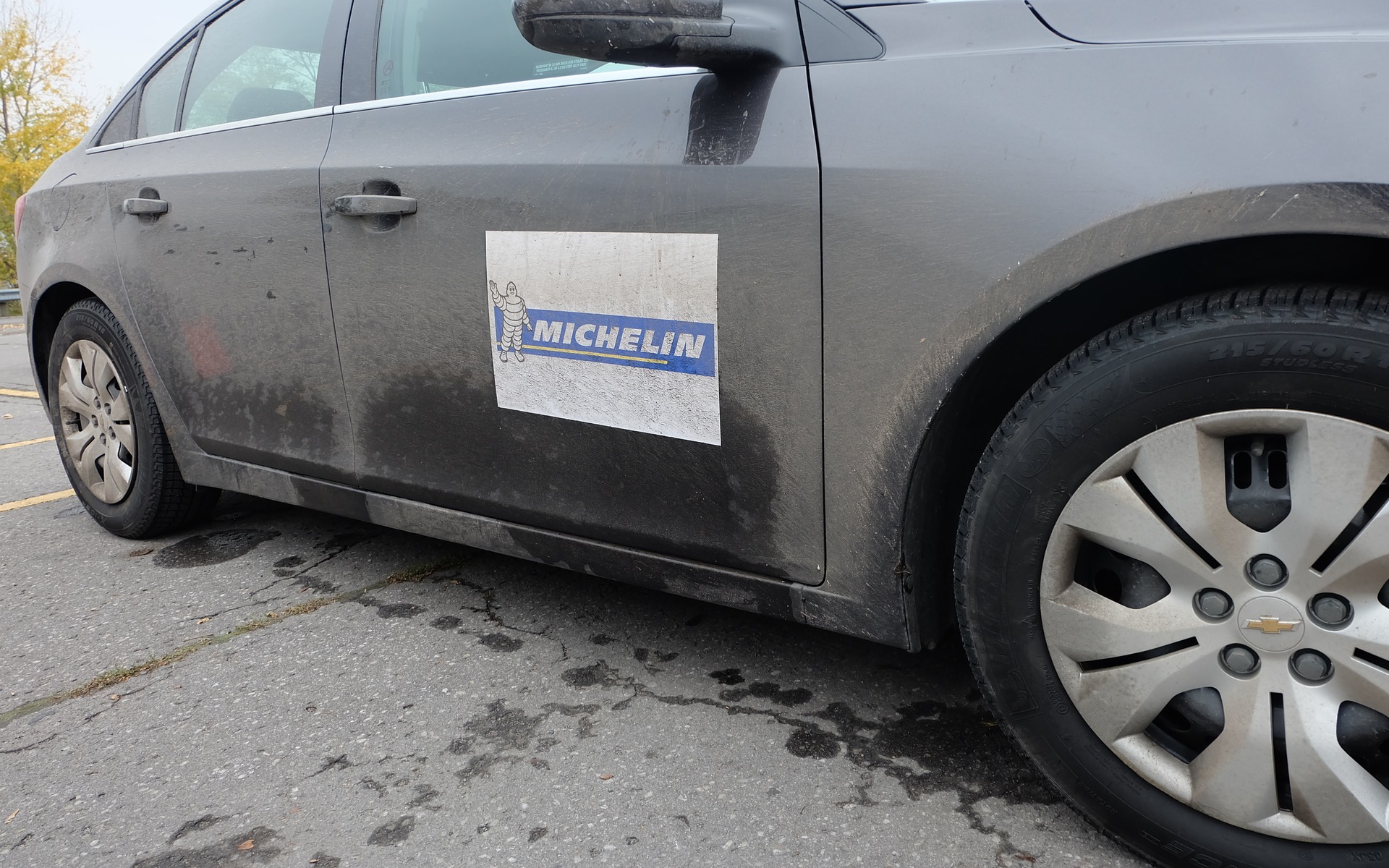Winter Driving According To Michelin: It’s That Time Again!
With winter fast approaching, it’s time to get out our warm boots and winter tires. It’s the law in some provinces, and for the rest of us, it just makes sense.
Having the right tires doesn’t mean you can blast down the road with the same enthusiasm as in the summer. Winter driving is entirely different, as there’s always a risk of losing control and slamming into a snow bank—or worse, another car.
Concern for winter driving is what prompted Michelin to invite us for a little refresher course. Everyone can use reminders on how to drive safely on slippery roads. Under the careful watch of Carl Nadeau (a seasoned driver, former Car Guide writer and driving instructor for Michelin), our skills were put to the test. On the agenda: emergency braking, simulated braking on ice, crash avoidance maneuvers, and a lap to test our overall control of the vehicle.
The exercises made it crystal clear that road conditions had a huge impact on braking distances. For example, coming to a full stop from 70 km/h takes nearly twice as much distance as it does when you’re going 50 km/h! We also saw that it is very easy to lose control of a car if the rear section suddenly slides, which can happen if you drive over a sheet of ice when taking a corner. To make the point, my instructor simulated the slide by squeezing the hand brake when I least expected it! He also demonstrated that Michelin’s X-ICE Xi3 tires were up to the task. A quick lap done in a similar car equipped with competitor’s tires very nearly resulted in a bang, you might say. We won’t go into details, but let’s just say that the track attendants got a very, very close view of the bumper. Too close for comfort. Additionally, Michelin tires reduce braking distances by nearly 10% compared to the best competitors, and they come with a guarantee against premature wear for the first 60,000 kilometres.
Once I had recovered from that near-miss, I attended a quick training session on how to replace a flat tire, and learned some of the theory behind Michelin’s winter tires. When dealing with a flat, keep in mind that your top priority must always be your own safety. So, if you’re on the highway, you need to take the next exit. If that’s not possible, pull over as far to the side as possible and call for help. Changing a tire when traffic is whizzing by at 100 km/h just a few centimetres away is not a good idea. When inspecting your vehicle (remember that you have to inspect it periodically, in both summer and winter), pay special attention to your tire pressure. If it’s too low, your vehicle can start to lean, compromising its geometry and manoeuvrability.
Winter driving also means you have to be more attentive, slow down in accordance with the conditions and weather, and remember that grip is not at its best. In fact, Michelin even has a webpage dedicated to winter driving tips. It offers videos and articles full of useful information, no matter how well-versed you already are in tackling winter roads.
One last thing to remember: No matter what the quality or architecture of your tires are, the most important part of your vehicle for accident prevention is its driver!











